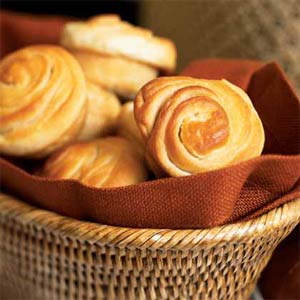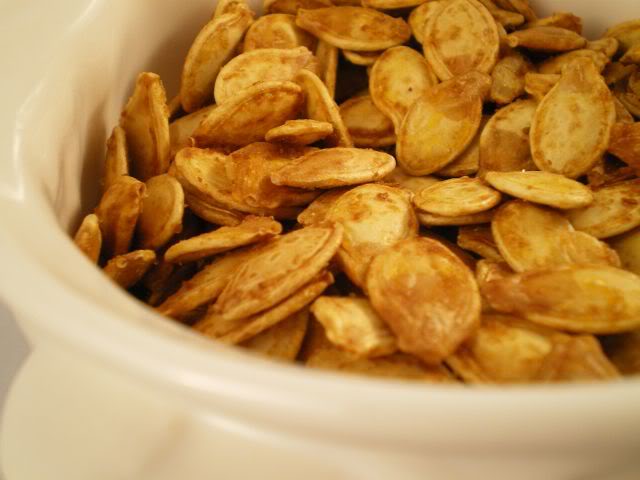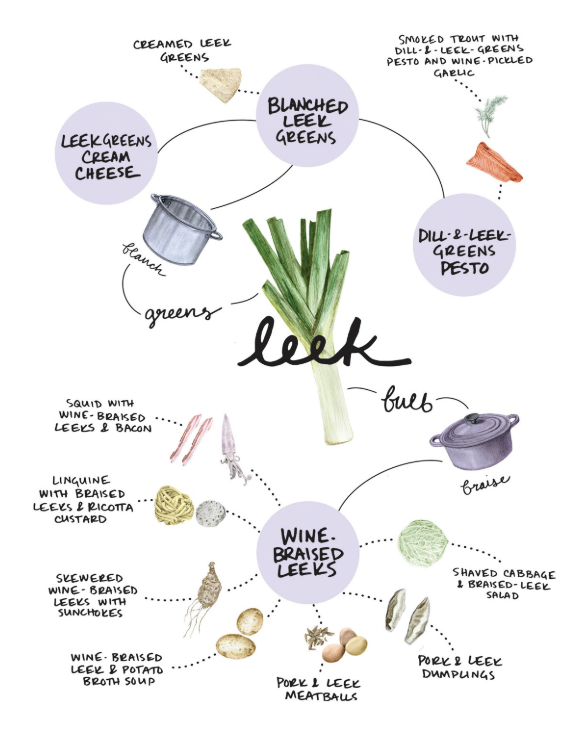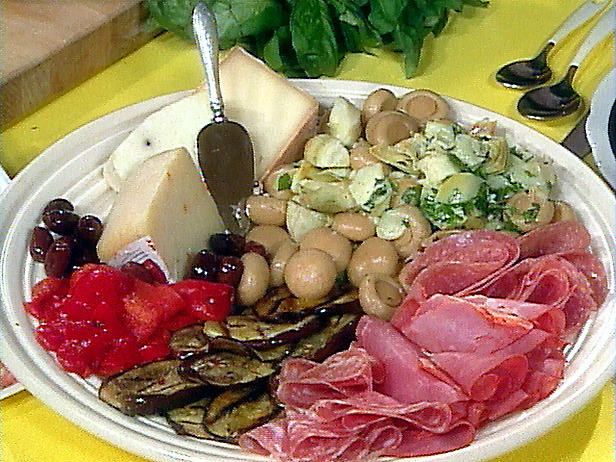
An antipasto come before the meal (il pasto), and its function is to prepare the stomach for the courses. So the antipasto is to be merely tasted, savored slowly in minimal amount rather than devoured. Otherwise it takes the place of the meal, becoming an epilogue instead of a prologue.
There are many different kinds of antipasti. They follow one general rule, which is that hot ones are served before a reasonably light meal, cold ones before a substantial meal. Also, they must have a certain harmony with the rest of the menu – they should bear some relationship to the dishes that follow. The visual element of antipasti dishes is important so that the appetite is stimulated in the imagination even before it is stimulated by the taste. A skillful blending of colors and garnishes is all part of the exercise: preparing a plate of antipasti is like playing with a puzzle.
Most of the recipes have one indispensable ingredient in common: extra virgin olive oil.
Just as olive trees have been constant feature of Tuscan landscape for thousands of years, so olive oil has always played leading role in Tuscan cooking. There is an old saying that wine lift the spirits and oil lift the taste, which confirm the dominant role of olive oil in the kitchens of peasant and aristocrat alike. Bruschetta and raw vegetable dip pinzimonio cannot be the same without the unmistakable taste of extra virgin olive oil!
Â
A platter of Mediterranean-style savory bites that partners well with predinner drinks at holiday gatherings. It is an easy option for cocktail parties, open houses, and lunch buffets, too, because many of the items can be store-bought.
Â
Start with a visit to a good deli or specialty-foods store to find ready-made items like olives; specialty nuts, such as Marcona almonds; artisanal cheeses, such as pecorino, Manchego, mozzarella, and fresh goat cheese; spreads, such as tapenade; and cured meats, including prosciutto, salami, mortadella, and coppa. Serve four to six items, and plan on 1 to 2 ounces (30 to 60 g) of each per guest. You can supplement these offerings with raw or roasted vegetables with a Mediterranean-style dipping sauce.
Assembly
Â
Choose an attractive tray, platter, or cutting board. Or, create a dramatic presentation using a long, narrow platter, a tiered charcuterie “tower,” or several matching small plates, with a single antipasto on each. Arrange the food to create an unfussy, natural look, piling items casually and rolling or loosely folding sliced meats. Decorate with grape leaves, fresh herbs such as sage, rosemary, or thyme. Place small plates, decorative cocktail picks or salad forks, and cocktail napkins next to the antipasto assortment.
Accompaniments
Â
Serve a basket of thinly sliced baguette rounds, slices of coarse country bread, cubes of focaccia, or crackers. You can also set out bread sticks.
Â
Â
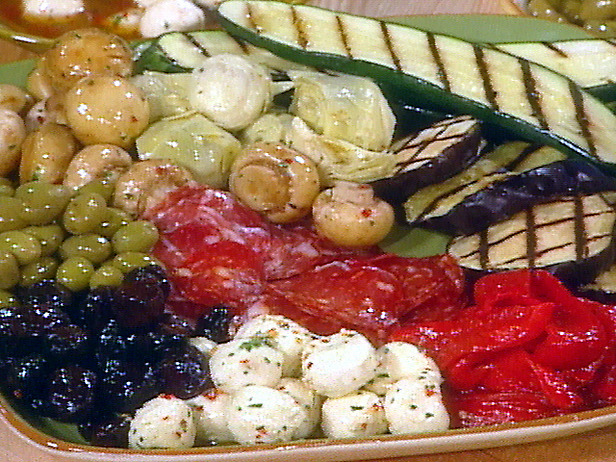
Â
Â
Traditional Antipasti Platter
Â
Cold Cuts (charcuterie) – sliced thin:
Â
Imported prosciutto (San Danielle is the best) or other ham such as Parma or Cappicolla
Mild salami (Columbus) or other Italian cured sausage
Imported mortadella with pistachio nuts
Mild coppa
Â
Marinated Vegetables:
Â
Marinated artichoke hearts
Roasted red peppers
Pepperoncini
Marinated mushrooms / Pickled Mushrooms
Â
Cheeses:
Â
Bocconcini
Chunks of Parmesano Reggiano or Peccorino
Asiago, Provolone, aged white cheddar and / or Italian Fontina cheese, cut in thin stripes
Â
Breads:
Â
Breadsticks
Focaccia, ciabatta or herb slab (variety of artisan breads)
Crostini or Bruschetta
Â
Olives:
Â
Combination of Storebought gourmet olives (Kalamata, Nicoise, and Colossole)
Marinated Olives
Â
Misc:
Â
Deviled eggs
Grilled vegetables (zucchini, eggplant, peppers, mushrooms or onions)
Figs (if in season), Melon (if in season, can wrap the prosciutto around it), Fresh Grapes
Candied Walnuts
Â
Grilled Figs Wrapped in Proscuitto
Â
Â
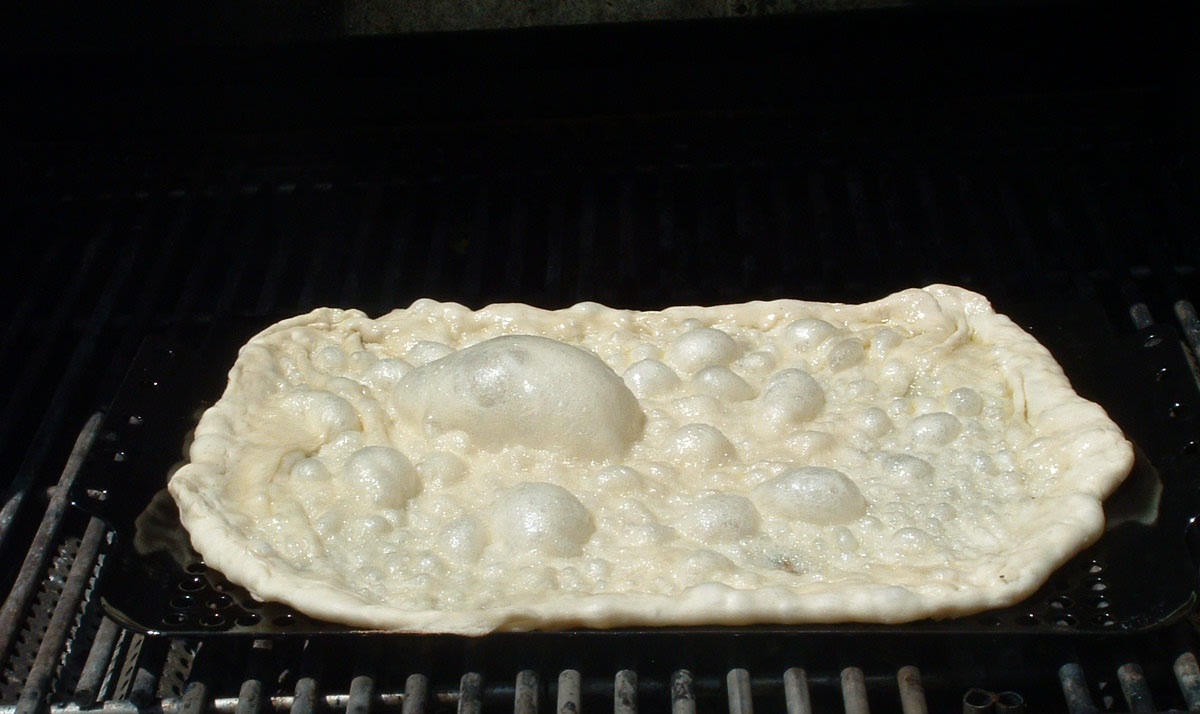
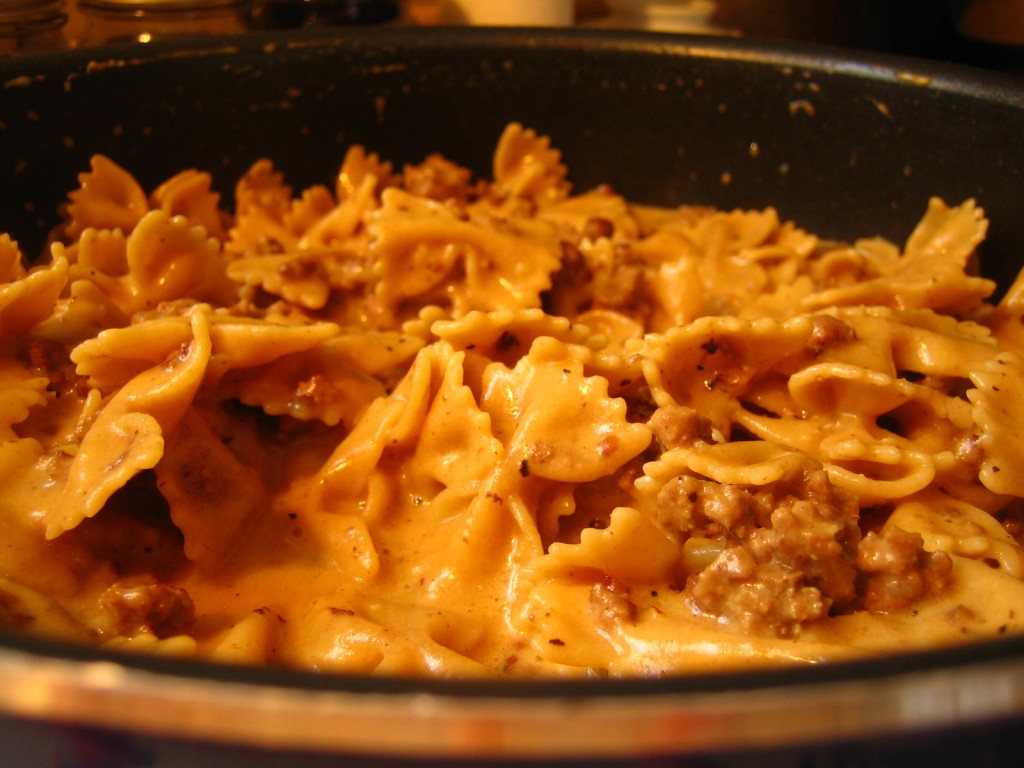
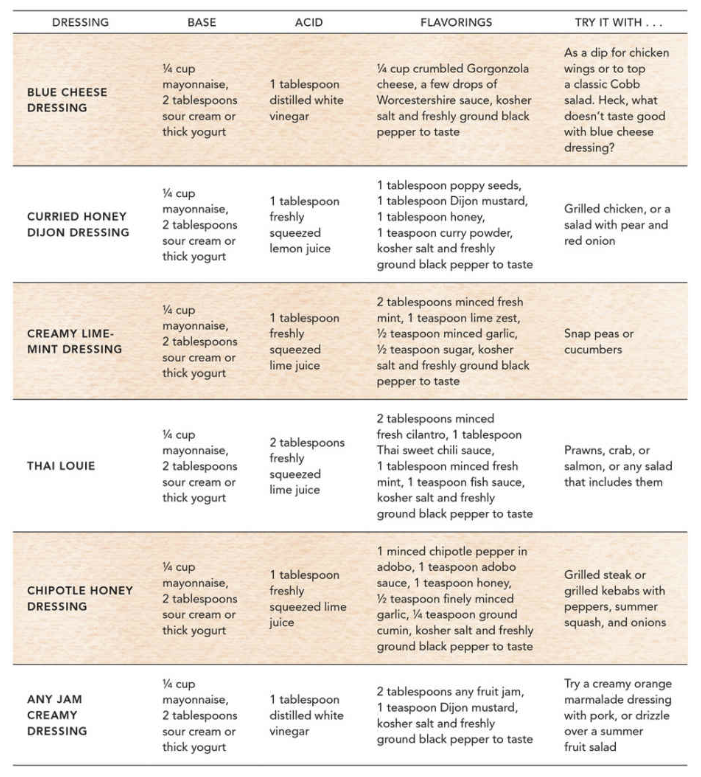
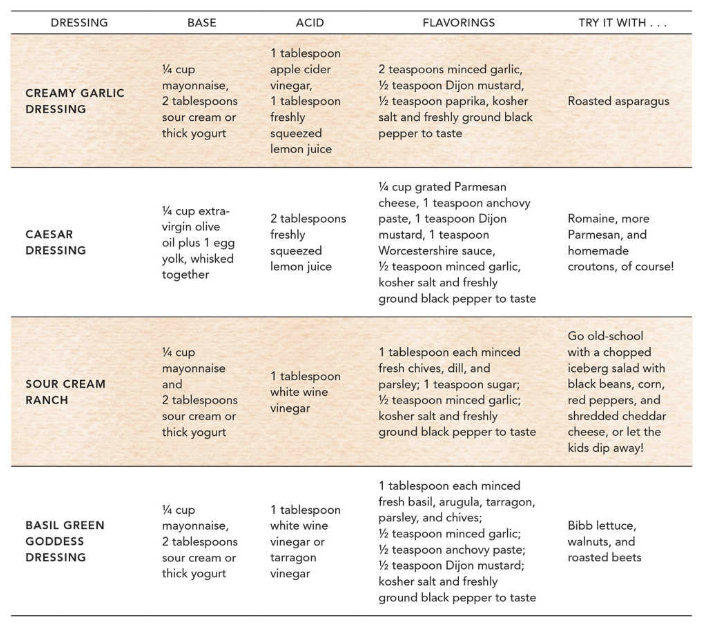

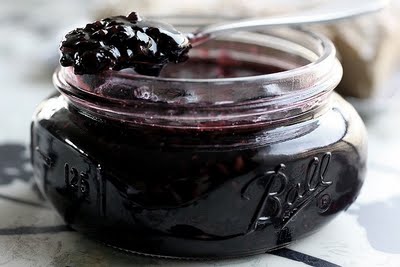
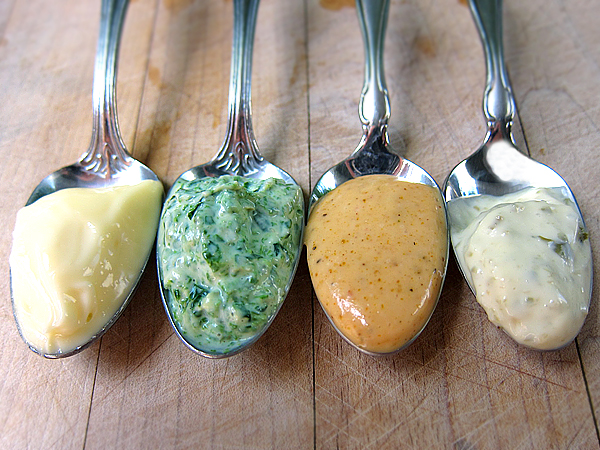
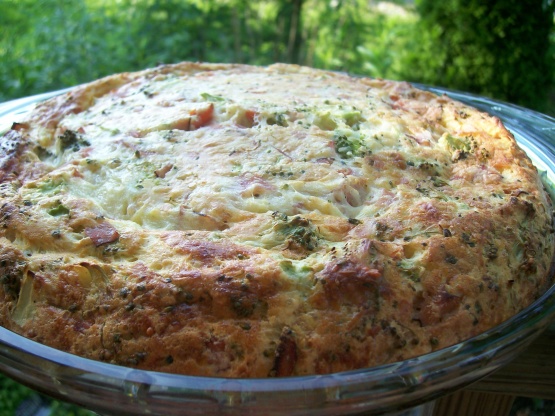

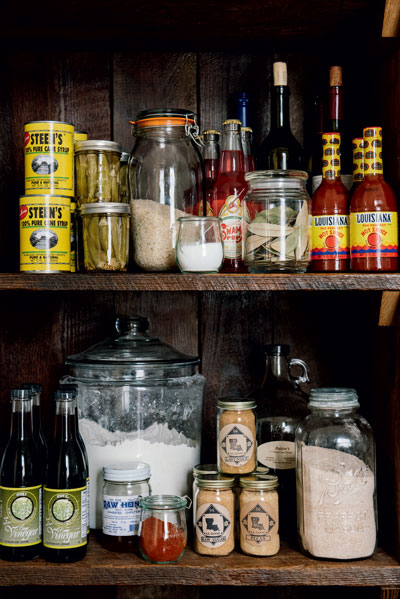
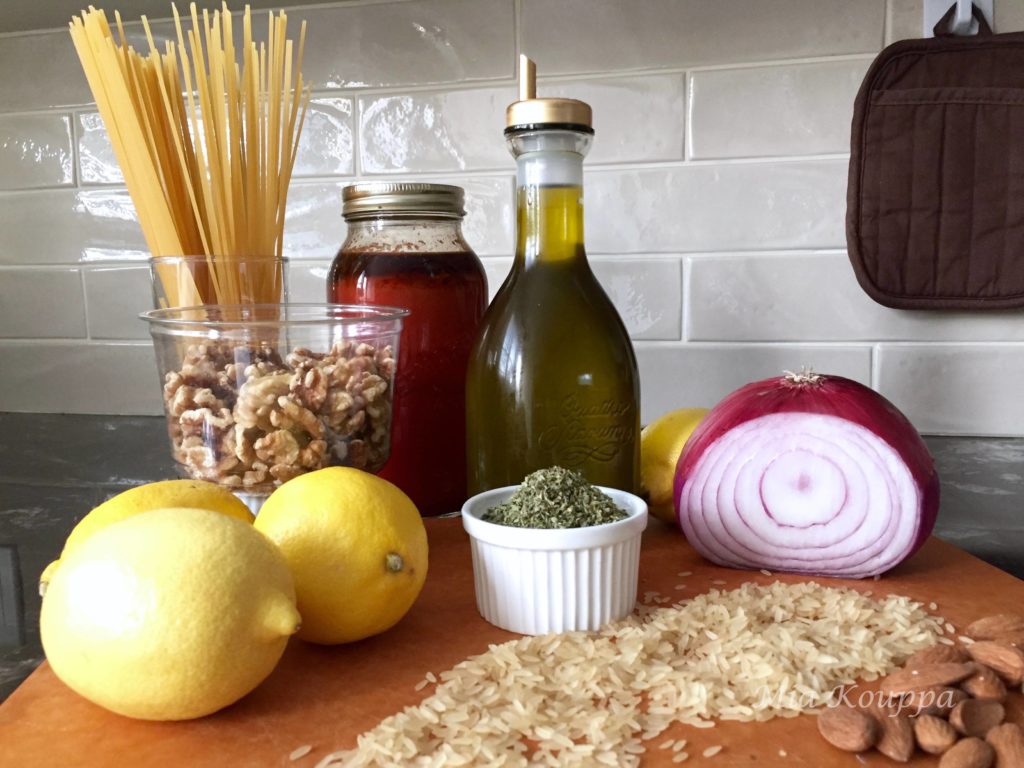
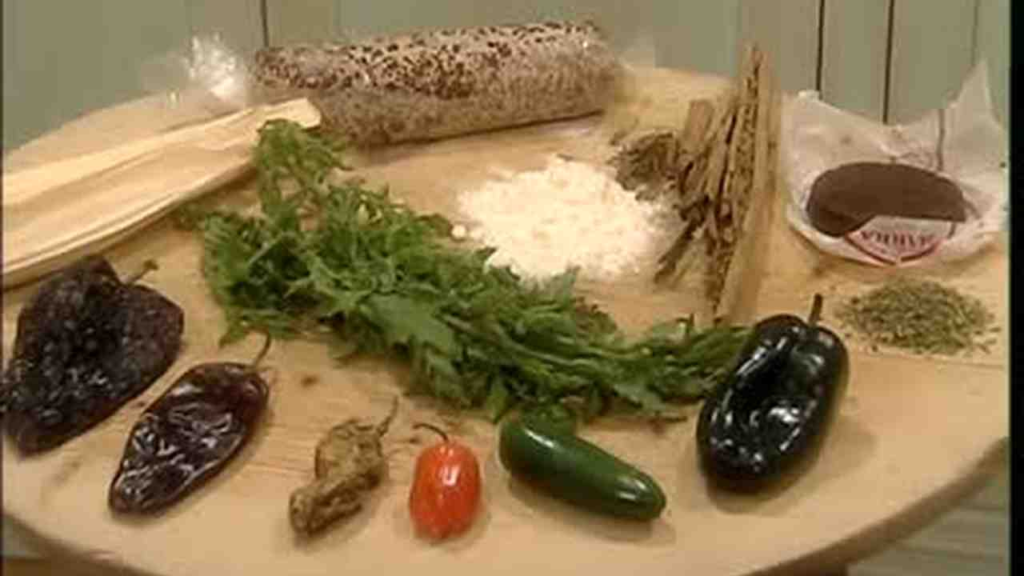
 Canned Tomatoes
Canned Tomatoes
